The sugar content can vary year to year, depending on the weather, so maybe this was a "high sugar content" year. I'm certainly no expert at this, because this is our first year for collecting sap and boiling it down for syrup. That fact kind of makes me mad at myself because we could have been doing this for a long time and didn't. I didn't even think about it until last year and when I did, the season was over.
Boiling the sap down is a time-consuming process and it also produces a lot of steam. When I started boiling it down, it was just too nasty outside for me to boil it out there, plus I don't have a good setup to do that. So I've been boiling it in small batches on top of the stove.
I don't recommend doing that unless you have a really good exhaust fan directly over the stove that vents outside (or at least into your attic). There's enough steam that it could peel the wallpaper right off the wall! The steam leaves a slightly sticky residue too.
The sap that comes out of a maple tree isn't sticky like pine sap and it isn't yellow or amber like the syrup. It's just like water. That's what it is, really. In the spring, the tree begins to draw up ground water through its roots and that's what we collect when we tap the tree.
Of course, the tree puts its spin on things, adding sugar from starch it stored from the previous year's growing season. Maple tree sap is typically anywhere from 1-4% sugar, so when you drink it, you can taste a hint of sweetness. Maple syrup takes on its typical amber color as the sugar cooks. It gets thicker too, as the water is boiled out to the right consistency.
But how about drinking that maple sap? Native Americans and early settlers used to do that. They believed it contained nutrients and provided strength for the body. Koreans have drunk for years, calling it gorosoe. Many Japanese and Northern Chinese also drink maple sap straight from the tree.
It's catching on around the world. Last year, Tyler Steeves, from Ottawa, Canada, launched a Kickstarter campaign for his maple sap beverage idea. TreeWell is a lightly carbonated maple sap beverage, bottled in bottles much like champagne. They reached their goal of funding in November, but TreeWell is only sold in Canada at this time, as is SEVA Maple Water, the only certified organic 100% maple sap drink also made in Canada.
Vertical Water™ is another maple sap beverage soon to be marketed in the U.S., in Sprouts stores in April. This one is unchanged as it comes out of the maple tree - nothing added, nothing taken away. I have an order in for a couple of these to be brought back from Arizona to Ohio when a former resident comes back home for a visit, since there are no Sprouts stores near here.
Another Canadian company produces yet another maple sap beverage called KiKi Maple Sweet Water®, which only has natural flavorings added to maple sap. Nutritional information from their website says:
Maple sap and thus, KiKi Maple Sweet Water® is a source of over 80+ micronutrients including electrolytes potassium (2-3%DV) and magnesium, plus calcium (2%DV), iron (2%DV), zinc, choline, selenium, riboflavin (B2), pantothenic acid (B5) and a very high content of manganese - all the nourishment to keep a maple tree vibrant and healthy can also be beneficial to us!Of the 80+ micronutrients found in maple sap, 64 are antioxidizing in nature. Additionally, over 50 polyphenols are present in maple sap. Polyphenols have demonstrated the ability to decrease UV sensitivity, suppress growth hormones and increase deterrence of microbial infections. Maple sap is on par with foods such as broccoli, tomatoes, carrots and spinach for its antioxidant properties according to the scale of oxygen radical absorbency capacity (ORAC).
Sources, for further reading:
"In South Korea, the Drinks Are on the Maple Tree", The New York Times (Hadong Journal Version), March 5, 2009.
Vertical Water™ (company website)
TreeWell, a Kickstarter campaign
KiKi Maple Sweet Water® (company website)
SEVA Maple Water (company website)










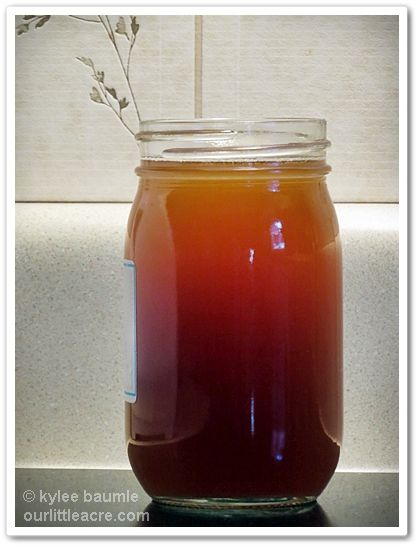

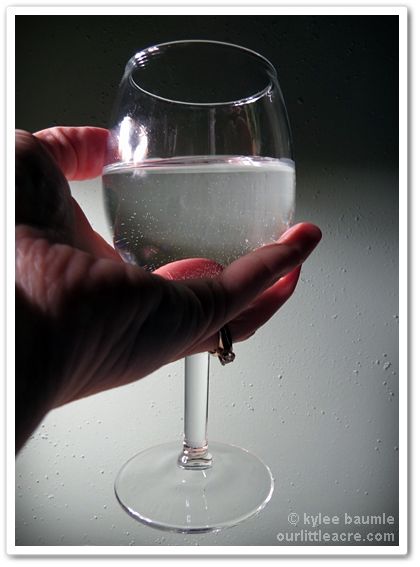


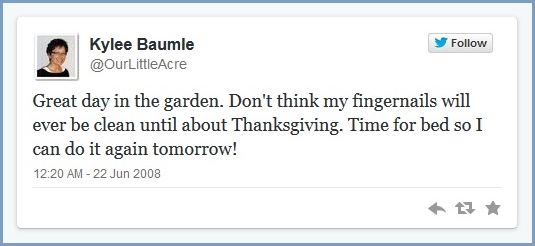
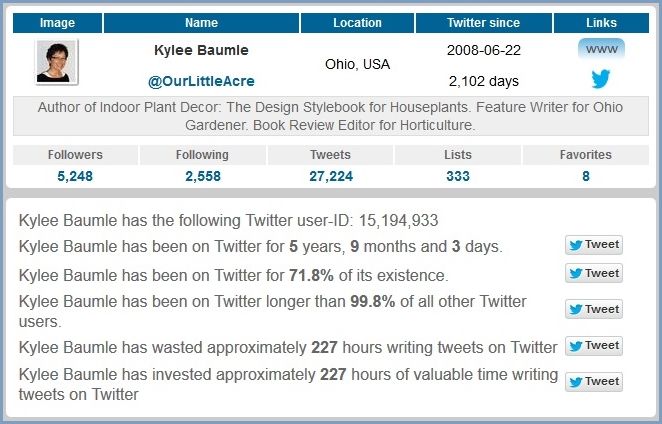

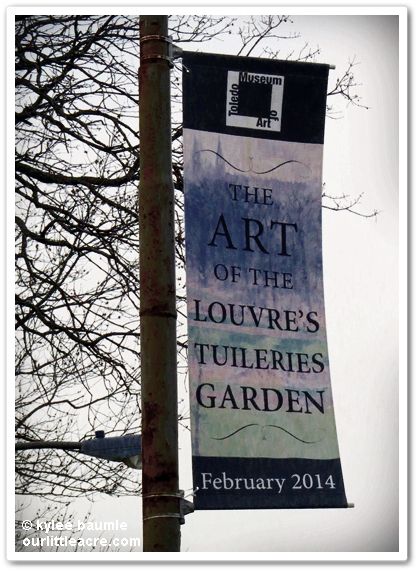




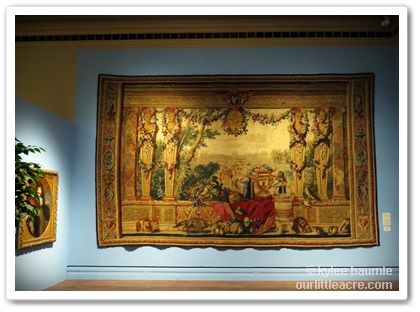

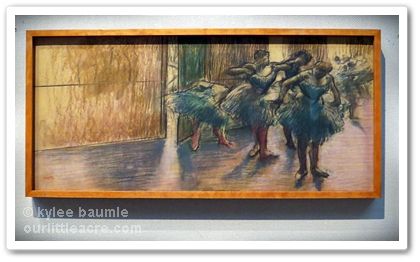

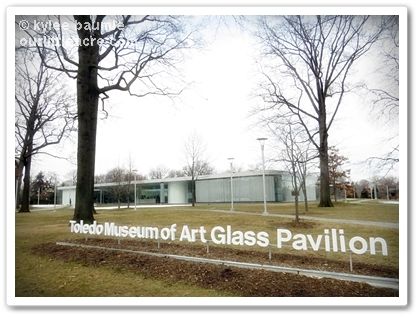


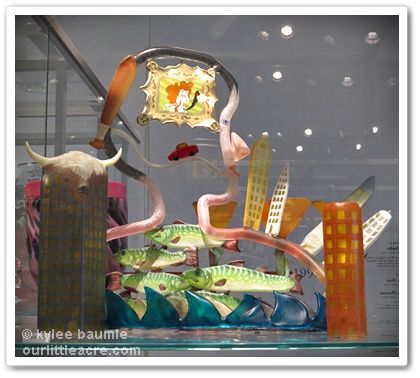
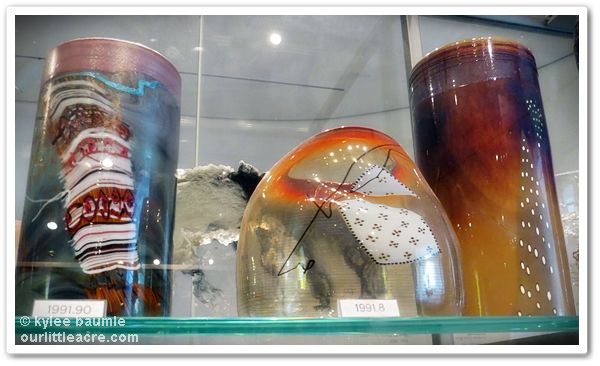


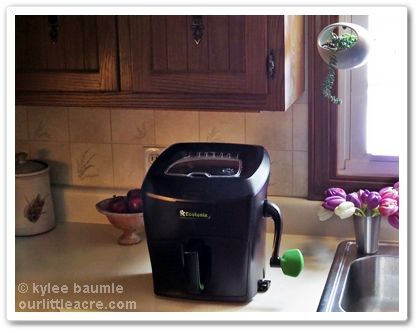
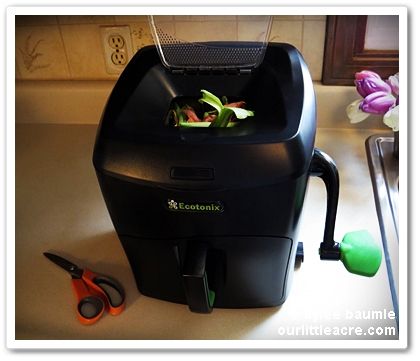
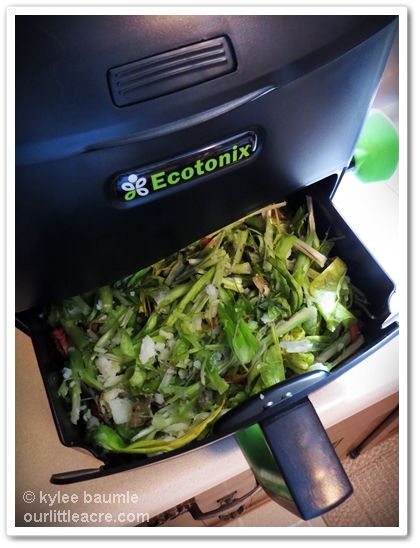
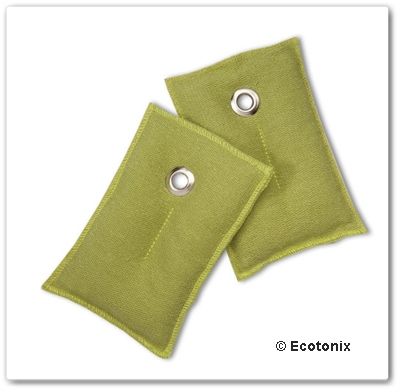
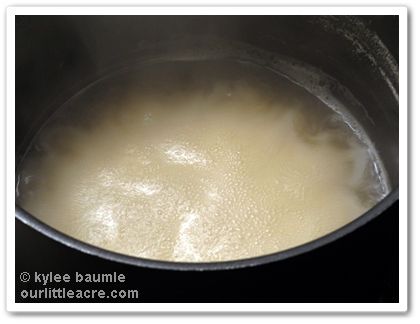

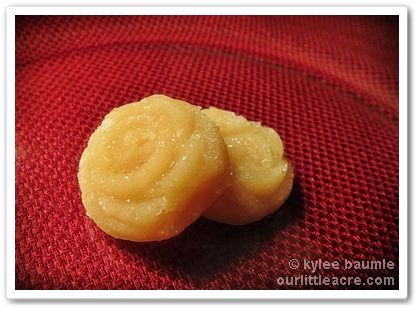

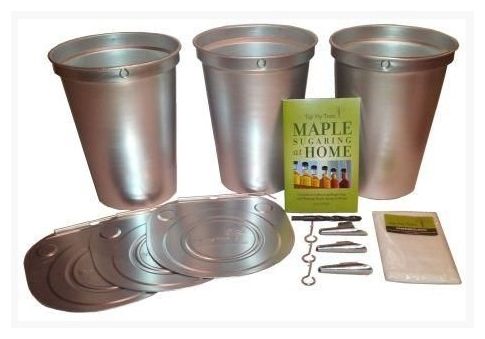


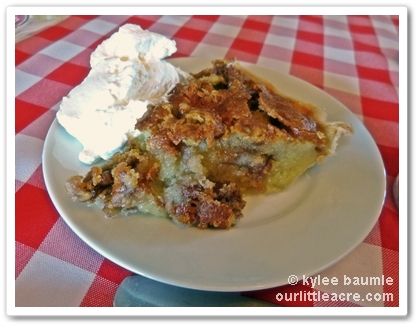

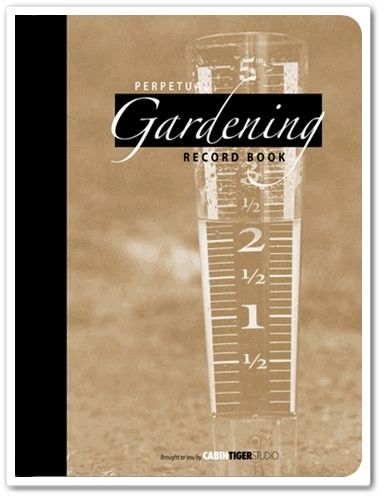





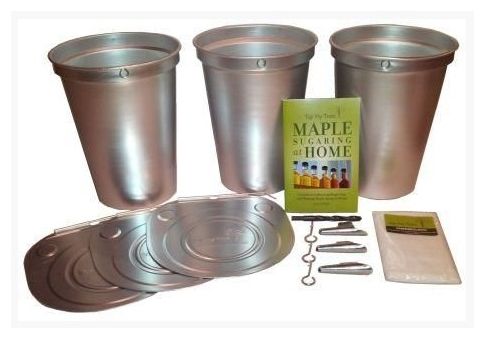
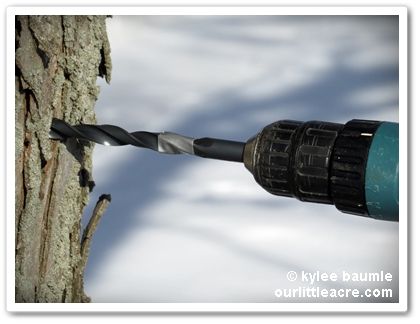

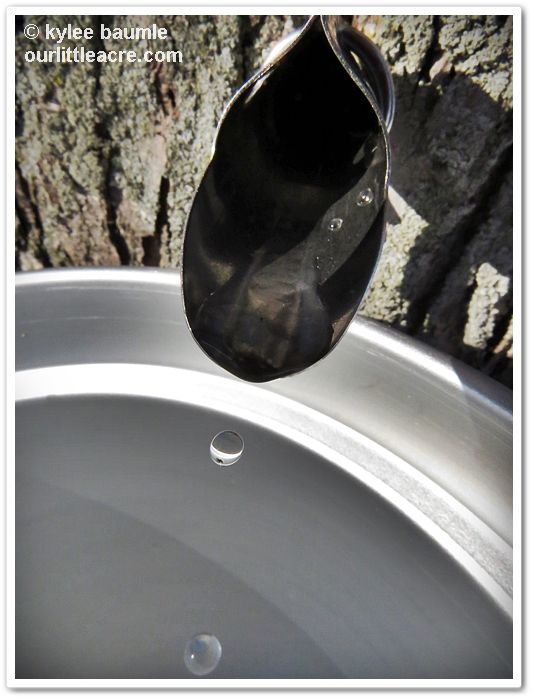
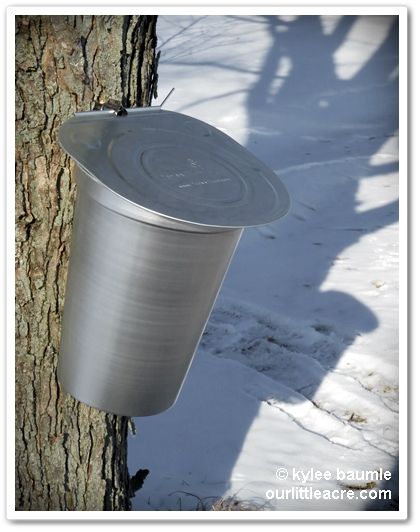






 "Bejeweled"
"Bejeweled"


